The author
His Story
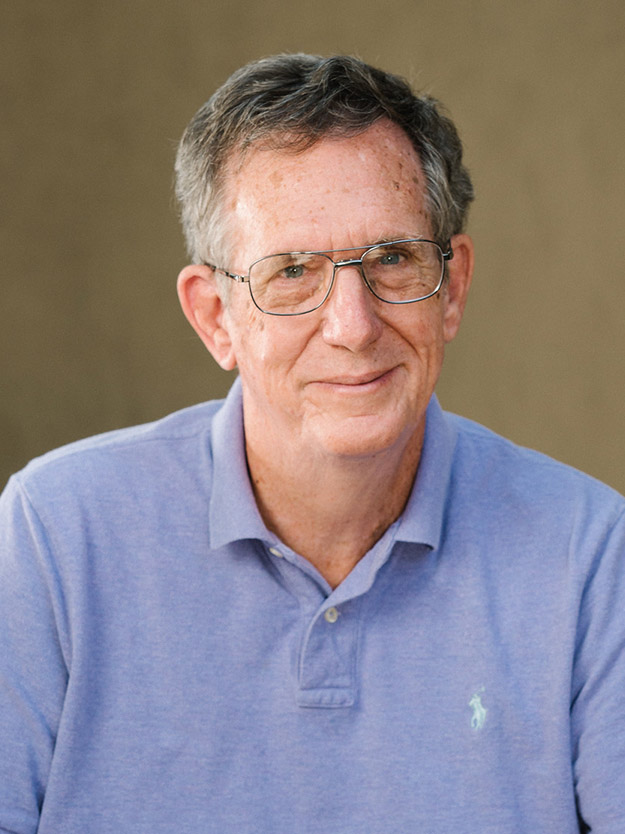
Ten Things About Michael (you probably didn’t know)
- Louisa May Alcott is a distant ancestor of mine. (The Mays were a branch of my mother’s family.)
- Jack London’s first wife – the one he left – was my Oakland-born mother’s great-aunt. (As you can imagine, the family had mixed feelings about old Jack.)
- I stuttered badly as a child and for much of my early adulthood, so when I watched “The King’s Speech” I was sweating bullets.
- I’m a hopeless golf addict and have played in rain, snow, fog, 117-degree heat, high winds, a flood and a forest fire.
- I’m so sentimental, or so much a creature of habit, that I still bank at the same bank and buy gas from the same oil company as I did in my home town.
- I love road trips, especially in a ragtop sports car and in uncrowded mountain country. Checking out historical markers, stopping to eat at random diners.
- Classical music hooked me, somehow, when I was a little kid. Even though I don’t play an instrument and can hardly carry a tune.
- I lettered in four sports in high school even though I wasn’t very good at any of them. (The advantages of a small school, where any warm body got a spot on a team.)
- Four years after I was a graduate student at Harvard, I was briefly a homeless person wandering the same Boston streets.
- The only politician whose name I ever stuck on my bumper was George McGovern.
Michael Answers Your Questions
What made you want to write fiction?
As long as I can remember, I was the kid sitting in a corner with his nose in a book. Also, writing was the only art form that required no hand-eye coordination, as with painting, or athletic ability, as with dance. My speech defect pressured me to express myself somehow, and toward the end of my high school years I discovered the Russians: Tolstoy and Dostoyevsky. It seemed to me that writing a novel like one of theirs was as glorious a thing as I could do with my life – as good as being a rock star or a quarterback, neither of which I was going to be anyway.
Yet you didn’t publish your first novel until you were over 60. What took you so darn long?
Mainly, I was so depressed during what would have been my prime years – 25 to 50 – that I was hypercritical of everything I wrote, and I wrote very little outside of what I was able to produce for newspapers. There were other reasons. I grew up in a rural area with no literary tradition. My aesthetic models – the books I loved best — were outdated, and I had no sense of the market or of writing as a career. It took me an unusually long time to figure out what to write about. I wasn’t Russian or British or Southern or Jewish. There was no harrowing or inspiring immigrant story in my background. What I knew best was being so tongue-tied that I had to go through the world with no skin to hide my insecurities, and who wanted to read about that?
What did you finally do?
I gave in and wrote about what I knew, in “The Chieu Hoi Saloon” (PM Press, 2010), but found a way to offset my point of view with three others – all female – and use the 1992 Rodney King riots in Los Angeles as a dramatic backdrop. My publisher marketed it as urban noir. I thought of it as just a literary novel that wound up in a bad neighborhood. To me, the heart of it was still the interplay between stuttering and depression, but what my publisher liked was the pro-underdog politics.
What did you do then?
“Chieu Hoi” took so much out of me that I thought I was done with fiction writing, but of course I wasn’t. Next I finished “Canyon,” a novella based on my family’s life in Dunsmuir when I was 10 years old – again with four points of view: Mom, Dad, my kid sister and I. I’d been tinkering with it for 25 years or so and stuck it in a drawer until anyone who might be offended by it was dead. Later I republished “Canyon” as the first half of “Postwar Children.”
Which is your favorite among your books?
“Romantic History,” my second long novel, which took me six years to write and which almost nobody has read. I can open it to any page and think, “You know, this isn’t half bad.”
What led you to move on from autobiographical fiction and tackle a distant historical subject, as you do in “White Poison”?
I’d been looking for a story like this for a long time. I learned about California’s history at the fourth-grade level – maybe kids still do. The Spanish explorers, the missions, the Gold Rush, the Bear Flag, and then – whoosh! — Big Ag, Hollywood and aerospace. There was a map showing the territories of the major Indian tribes. They did neat things like eat acorns and make beautiful baskets and caulk seagoing canoes with naturally seeping tar – but they were gone, gone, and weren’t coming back, so we didn’t have to concern ourselves with them. What a surprise it was later to find out Indians were still around! And if California history was lacking, local history was nonexistent. I was embarrassingly grown-up before I realized that Japanese-Americans had been interned during World War II in Tulelake, only 70 miles from home, or that the state had sent four companies of National Guard troops, locked and loaded, to put down a 1909 strike by Italian immigrant workers in McCloud, the lumber town just over the ridge northeast of Dunsmuir.
In 1969, flying back from my Army tour in Vietnam, I read William Styron’s Pulitzer Prize-winning novel “The Confessions of Nat Turner.” It was the most devastating account of slavery this white boy had ever seen. Styron had grown up in Tidewater Virginia, a few miles from where Turner’s 1831 revolt had taken place, and had heard all the front-porch stories. I envied him.
My first clue came when I was reading “Buy the Chief a Cadillac,” a novel by an Oregon writer, Rick Steber, about the Klamath tribe in the mid-20th century. It contained a single sentence of dialogue by an old woman who recalled that “miners from Yreka” led by Ben Wright had invited Native people to a feast in 1852 and poisoned them.
“What’s this?” I thought. “Yreka?” Our own Yreka, the seat of Siskiyou County, one of the other little towns we played high school football and basketball against? And poison? Who was Ben Wright? A decade later I stumbled across a second clue, about a bigger massacre a year earlier and 50 miles to the west, also involving poison, this time with the Army as the culprit. The old reporter in me smelled a scoop, and I began my research.
Who was Ben Wright?
You may well ask. It flabbergasts me that nobody made a movie about him. He was a militia leader, a charismatic hero-villain in the Custer mold, brave and brutal, controversial even in his own time. He sought out any Indian battle he could find – couldn’t abide peace. He was killed in the Rogue River Wars in Oregon in 1856. His heart was torn out and eaten by Indians, including a woman he had lived with and mistreated. She’s one of my major characters.
You mention William Styron’s novel. That happens to be the book that kicked off the “cultural appropriation” issue that remains with us today. Ten black writers wrote their own book complaining about Styron’s. They didn’t like his portrayal of Turner, and they felt it was their story to tell, not a white person’s, no matter how well-meaning. Since you aren’t Native American, what right do you have to tell this story?
I feel now, as I felt during the Styron controversy, that a writer should be able to write about anything – that no subjects should be preemptively banned. But of course the black writers had a point. No longer can someone like Styron wade in and write about another group and assume, because he’s a Major American Novelist, that he has “done” that subject and nobody else need try. Any number of alternative versions of the story can and should be told, as happened with Nate Parker‘s movie about Nat Turner in 2016.
I tried to avoid the most obvious kinds of appropriation. With one exception, I didn’t tell any of the story through the Indians’ point of view. I’m not qualified to do that. This is a novel about guilty white people, about whom I think I do know a little — the miners, loggers, ranchers and soldiers who almost wiped out the Shastas and related tribes without bothering to learn much about them. The exception is a transcript made by my lawyer-narrator, Alexander Wells, of the testimony of Chetco Jenny, the woman who helped kill Ben Wright. And even then Wells admits that he has doctored Jenny’s words to fit Victorian stereotypes of the noble, mournful way Indians “should” speak.
Is this enough? If not, I can only plead guilty and insist that, like Styron, I had good intentions.
Whether or not a particular number of Indians died in a particular way on a particular date near modern-day Fort Jones in 1851, the fact remains that the Shastas and neighboring tribes did almost disappear in one way or another. Would you say it's fair to call what happened to California's Native peoples "genocide"?
Yes. It’s estimated that about 300,000 people lived in what’s now California when Europeans first contacted them. Only about half as many were left at the time of the Gold Rush and only a tenth at the turn of the 20th century. True, disease killed far more Indians than bullets, but there was plenty of deliberate, organized, subsidized killing too, as historian Benjamin Madley documents in “An American Genocide: The United States and the California Indian Catastrophe, 1846-1873” (Yale University Press, 2016). And we can’t forget the larger context. Over 500 years, from Alaska to Tierra del Fuego, Native populations exposed to European conquest suffered similar losses – 80 percent, 90 percent, sometimes all. Is there any other word for it?
Other Books
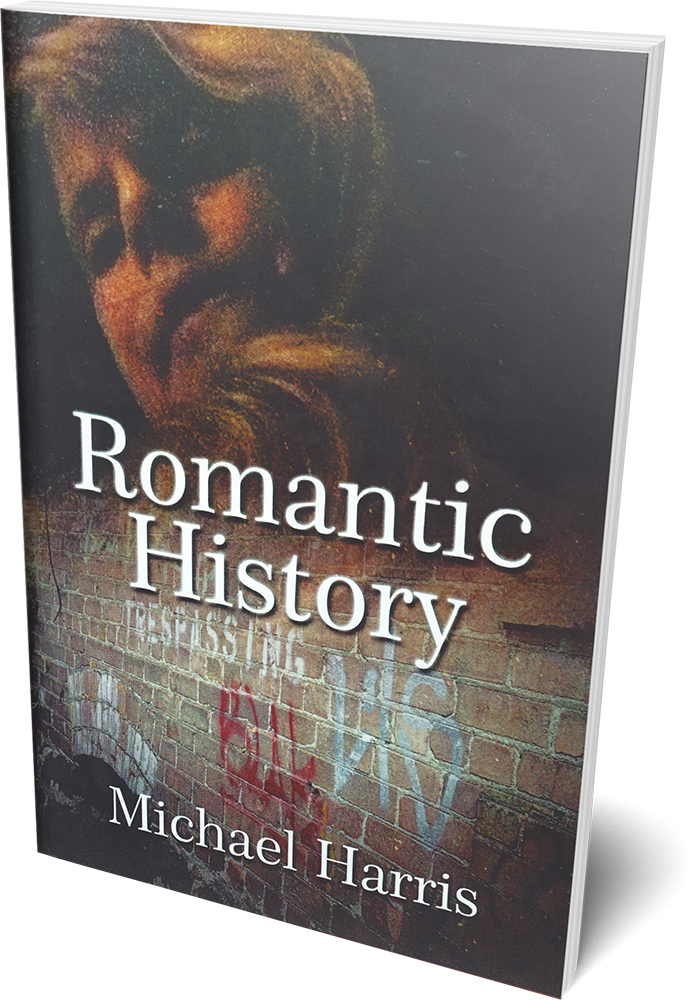
Romantic History
Two spectacularly mismatched young people meet at a halfway house in a Seattle suburb in 1971. Paul Siebert is a reporter, a shy, depressive Vietnam veteran, already chastened by the blows life has dealt him.
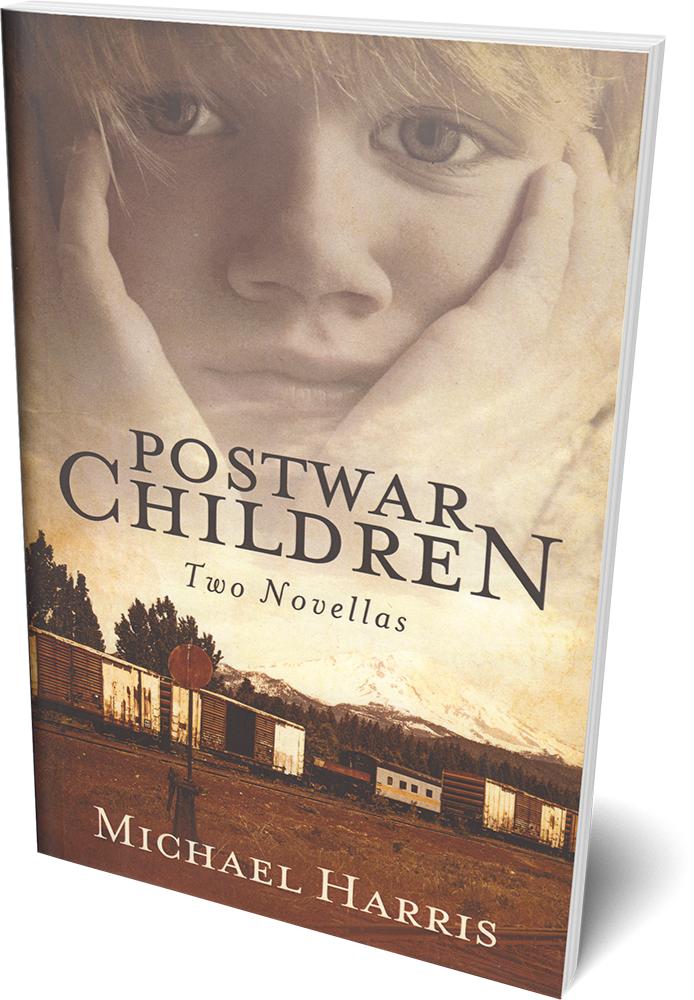
Postwar Children
In the early 1950s, the Southern Pacific Railroad no longer runs the state of California, as Frank Norris described it in “The Octopus.” It’s just another company. But in the little town of Dunsmuir, it still has enough power to force an injured brakeman, Frank Hiller, back to work to preserve its safety record, and Hiller, an angry man to begin with, passes the fear and pressure on to his wife and children.
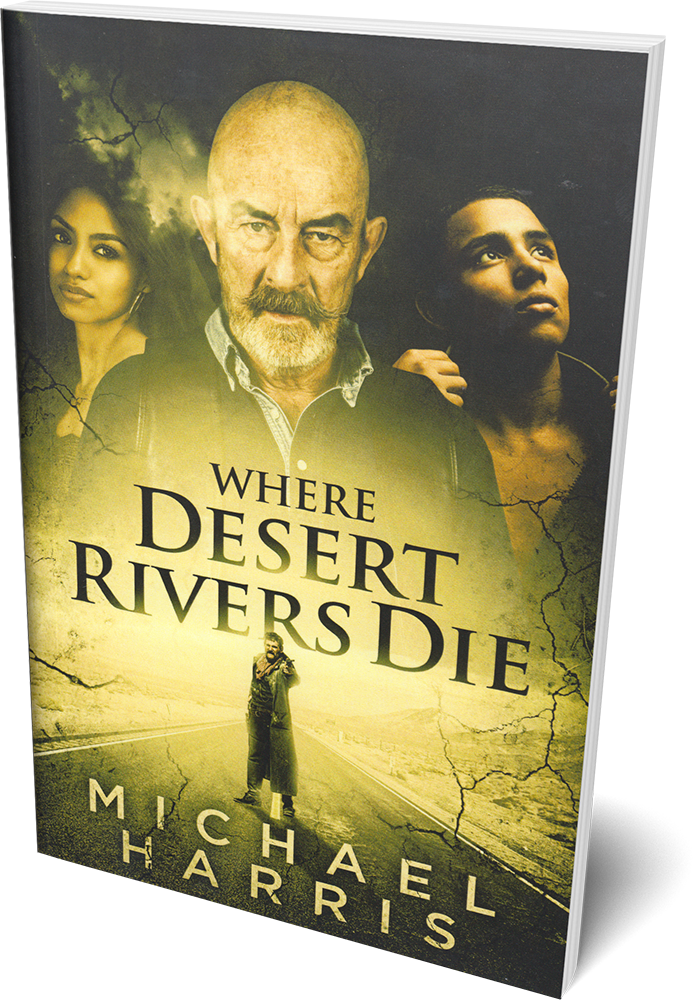
Where Desert Rivers Die
Warren Holt has escaped his trailer-trash background through hard work and playing by the rules. But when he is unjustly fired by a Southern California newspaper, punches out a supervisor in a fit of rage and inadvertently kills the man, Holt’s middle-class dreams are destroyed.
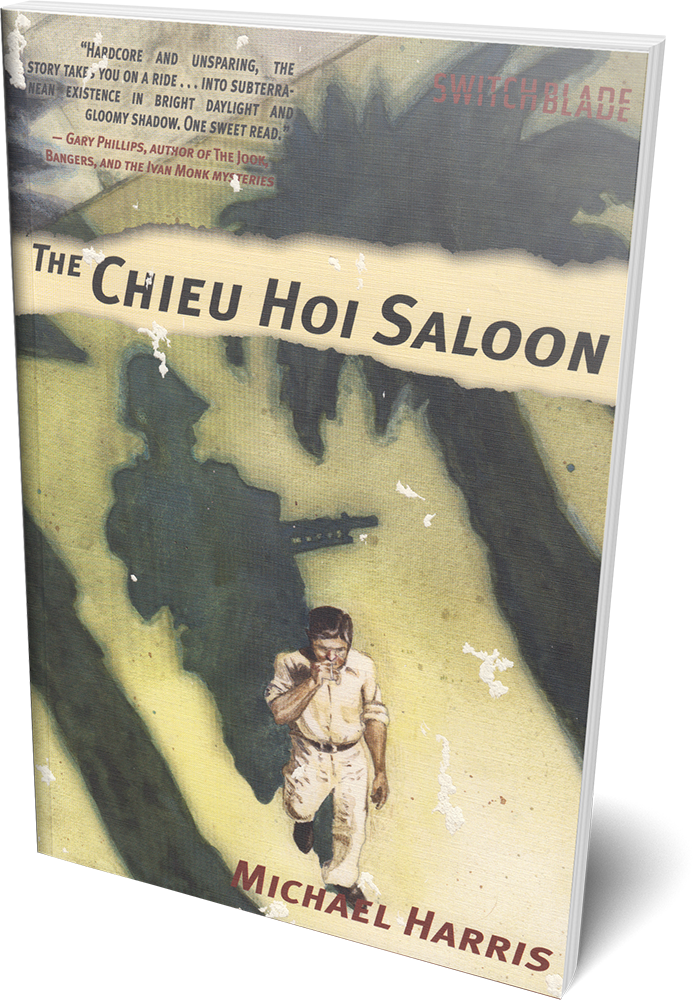
The Chieu Hoi Saloon
Set against the backdrop of the riots sparked by the beating of African American motorist Rodney King, Vietnam vet and reporter Harry Hudson wanders the city to forget his troubled past. Trying to cope with the posttraumatic stress disorder that has plagued him since his military tour, the overweight, depressed, and sex-obsessed Hudson stumbles through the underbelly of South Central LA
